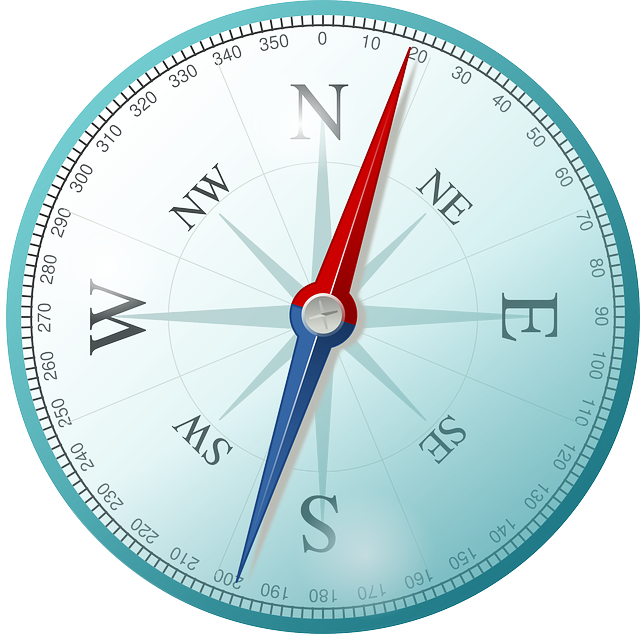In the realm of Geographic Information Systems (GIS), topology serves as a hidden but powerful force that influences the accuracy and functionality of spatial data. It is a fundamental concept that underpins the organization and relationships between geographic features.
In this article, we embark on a journey to comprehend the essence of topology in GIS, explore its types, dive into its role in geology, and dissect the fundamental elements that make up topology. Let’s navigate the world of topology and its crucial role in shaping spatial relationships.
Deciphering Topology in GIS
Topology is the invisible glue that holds spatial data together in a coherent manner. It defines the ways in which geographic features are connected and related to each other. Think of it as the digital framework that maintains the integrity of spatial relationships, ensuring that data behaves logically and accurately when analyzed or visualized.
In a GIS context, topology is crucial for a multitude of reasons. It prevents gaps and overlaps between features, ensuring that boundaries match seamlessly and that no data is lost due to inconsistencies. Topology also aids in error detection, allowing GIS professionals to identify and rectify discrepancies in data.
Exploring Types of Topology in GIS
Topology can be classified into different types, each tailored to suit specific data types and analysis requirements:
- Vector Topology: Vector topology focuses on maintaining the connectivity and relationships between vector features, such as points, lines, and polygons. For example, in a map depicting a city’s road network, vector topology ensures that roads meet at intersections without gaps or overlaps;
- Raster Topology: Raster topology is concerned with the alignment of pixels or grid cells in raster data. It guarantees that neighboring cells share consistent values and that the overall structure of the raster remains intact.
Topology’s Role in Geology
Topology plays a significant role in the field of geology, where the accurate representation of geological features and their relationships is paramount. Geologists use GIS to map and analyze geological formations, faults, and subsurface structures.
By maintaining topology, GIS enables accurate modeling and predictions of geological phenomena. This is essential for understanding natural processes like earthquakes, rock formations, and the movement of tectonic plates.

The Essential Elements of Topology in GIS
Topology involves three fundamental elements:
- Node: A node is a point of connection or intersection between two or more geographic features. It could represent a junction of roads, a confluence of rivers, or the meeting point of property boundaries;
- Edge: An edge represents a linear connection between nodes. In a road network, edges would be the roads themselves, connecting various nodes (intersections);
- Face: A face is a closed area defined by edges. It could be as simple as a park or as complex as a lake or building footprint. Faces are especially significant in polygonal features like land parcels or water bodies.
Conclusion
Topology is the unsung hero of GIS, ensuring that spatial data is accurate, consistent, and logically connected. Its influence extends to various industries, from urban planning to geology, allowing professionals to make informed decisions based on reliable spatial relationships.
As technology advances, the role of topology becomes even more critical in managing and analyzing complex spatial data. Understanding the intricacies of topology enriches our appreciation for the underlying structure that makes GIS a powerful tool for understanding our world.
